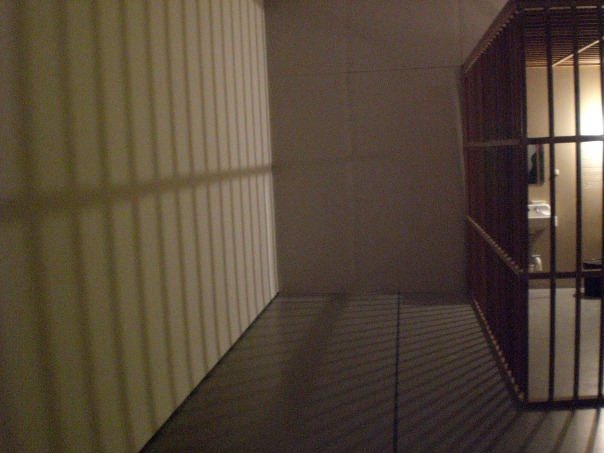So much attention has been given to the success of the Yves Saint Laurent auction held by Christie’s in Paris at the beginning of the week that I thought I’d give attention to a darker side of the event (I’m normally a happy-go-lucky person, but I’ve been in a mood for the past few days and it’s being reflected in the types of articles that catch my interest). Prior to the auction, there was a dispute between China and Christie’s. China claimed that two of the items up for auction (bronze statues of animals) belonged to the Qing dynasty, were wrongfully removed from the country years ago, and should be returned at once. Mr. Berge (the partner of Yves Saint Laurent) absolutely refused and was quoted saying, he would give the heads to China if Beijing would “observe human rights and give liberty to the Tibetan people and welcome the Dalai Lama.”

The sale went on and the pieces brought in nearly $40 million alone. Chinese groups tried desperately to sue in France in an effort to stop the auction. The Chinese Foreign Ministry launched arguments that these relics of the most importance to preserve Chinese culture and heritage. And yet… the auction went on. The buyers were unknown (I wouldn’t be surprised if the buyers were Chinese) and the sale was a success for Berge. In the meantime… we all can’t help but wonder what China’s response to this lack of acknowledgement of their requests will be.
This article was found in the New York Times – there is a lot more printed there about the Christie’s auction too.. all very worth reading.






